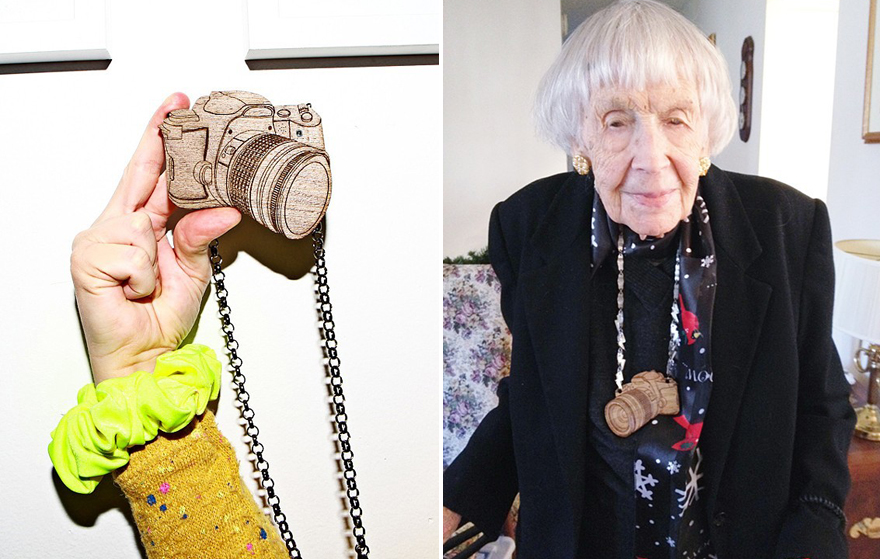![MarjanvanAubel-JamesShaw-Salone-0.jpg]()
Predicting the future of design may be a grandiose (if not altogether futile) conceit, but we're always interested to see practical visions as to what it might hold. While big data and wearables remain in the ether as buzzwords—namely as potential avenues for designers to tap into Silicon Valley coffers—and digital fabrication has yet to deliver on its promise of an industrial revolution, it's refreshing to encounter well-executed projects that are on the cusp of production.
The work of Marjan van Aubel and James Shaw fits the bill. It's always a pleasure to actually meet designers with whom I've only exchanged a few e-mails and whose work I've only seen in JPGs, and although I only met them briefly in Milan, I had the opportunity to spend more time with them in their natural habitat in London shortly thereafter.
![MarjanvanAubel-JamesShaw-Studio_HERO.jpg]()
I arranged to visit their Southwark studio on a pleasant April morning, and van Aubel happens to roll up by bicycle as I approach their block (as she doffs her helmet, she notes that she started wearing in London—after all, she's no longer in the cycling utopia of her native Netherlands). Shaw is already at the shop, working on what I later learn is a cabinet for van Aubel. It's an unassuming space in a quiet part of town: Each of the four rooms on the ground floor holds evidence of its occupant; the two designers share the space with ceramicist Jesse Wine and painter Glen Pudvine, who also lives in upstairs and occasionally hosts exhibitions there.
Indeed, PlazaPlaza is one of just a couple of creative spaces on the dead-end road in the predominantly residential South London neighborhood of Elephant & Castle. It's not far from attractions such as the Tate Modern and Borough Market (in fact, it took me about ten minutes to walk there after the studio visit), but an NYC analogue escapes me (Long Island City, maybe?).
![MarjanvanAubel-JamesShaw-Studio-3.jpg]()
![MarjanvanAubel-JamesShaw-Studio-frontRoom.jpg]()
![MarjanvanAubel-JamesShaw-Studio-Corner-1.jpg]()
Nevertheless, the space itself feels familiar; it's comfortable, functional, and well-used, yet rather unremarkable, as studios go. Which is not to say that van Aubel and Shaw haven't made it their own: Viva Radio is the soundtrack (van Aubel: "It's from New York, very hyper. It's nice studio music") and the curious grove of potted plants, adopted from a plant-tending service a few doors down. That, and the fact that a squad of Well Proven chairs and stools takes up much of the office space, not to mention various prototypes, samples and experiments crammed into the various nooks and crannies of the space.
(more...)![]()












 Genesis of a stool
Genesis of a stool











 Faythe Levine and Sam Macon, directors of Sign Painters
Faythe Levine and Sam Macon, directors of Sign Painters







 Left: Knauf and Brown's Floor Coaster. Right: early prototypes of the rolling table
Left: Knauf and Brown's Floor Coaster. Right: early prototypes of the rolling table






 This guy.
This guy. OG Dragon, NASA veteran
OG Dragon, NASA veteran










